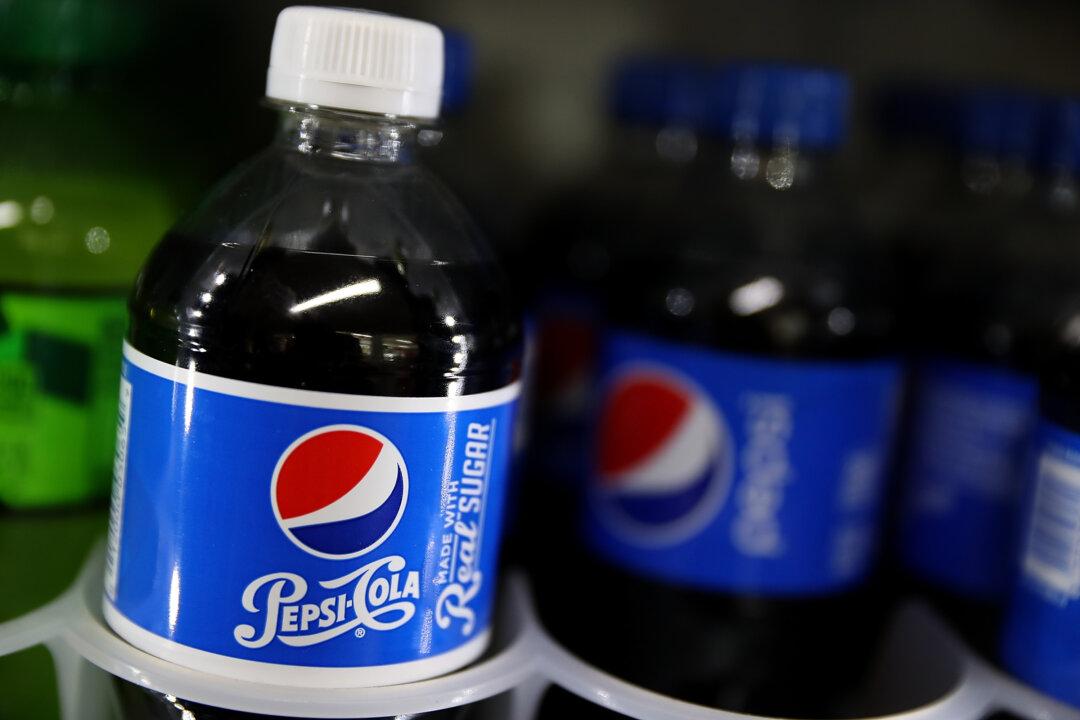Tesla Inc. CEO Elon Musk on Monday explained how SpaceX’s two-staged Falcon 9 rocket performed a backflip during its latest launch for an Italian Earth observation satellite.
What Happened
SpaceX launched the reusable Falcon 9 COSMO-SkyMed Second Generation FM2 mission to low Earth orbit from Cape Canaveral Space Force Station in Florida at 6:11 p.m. ET following a four-days delay due to bad weather.The Musk-owned SpaceX tweeted the details of the launch along with a live webcast. The privately-held company also shared a short clip of the Falcon 9’s stage separation from ground cameras.





